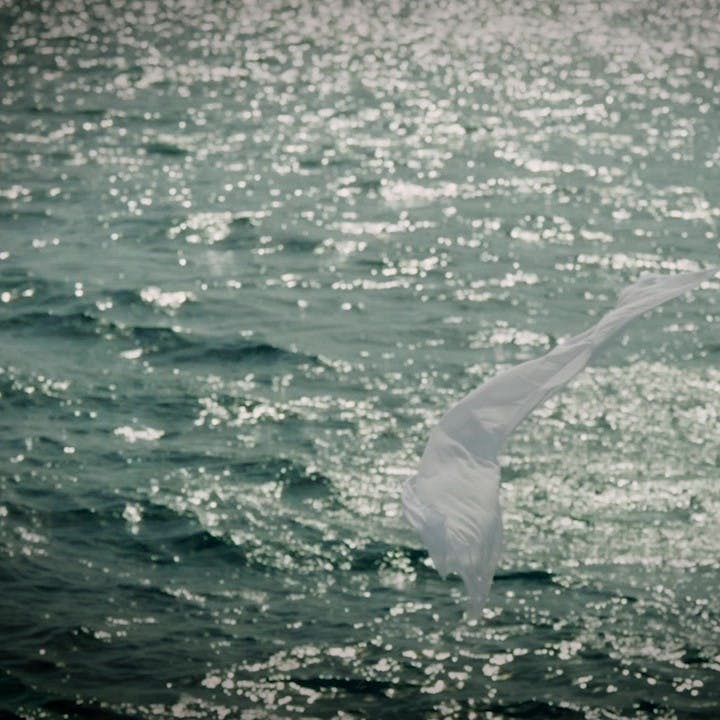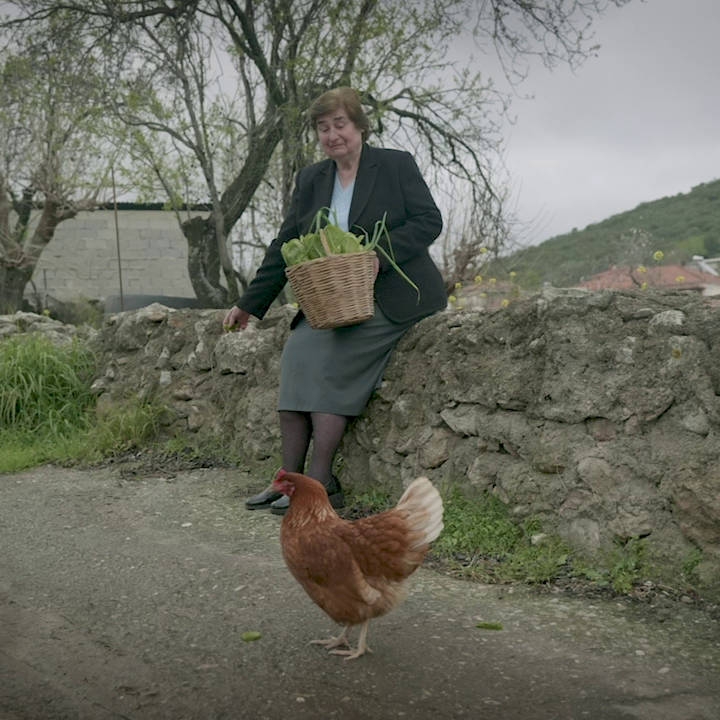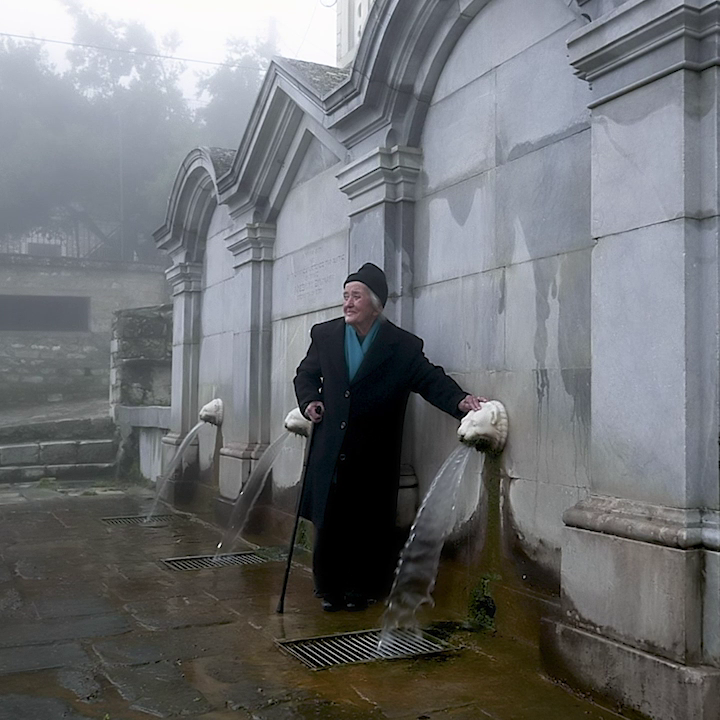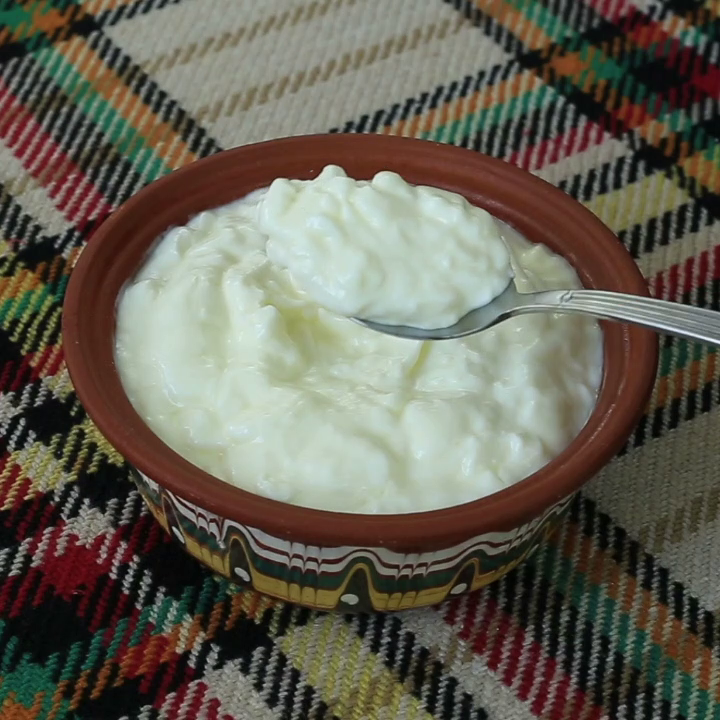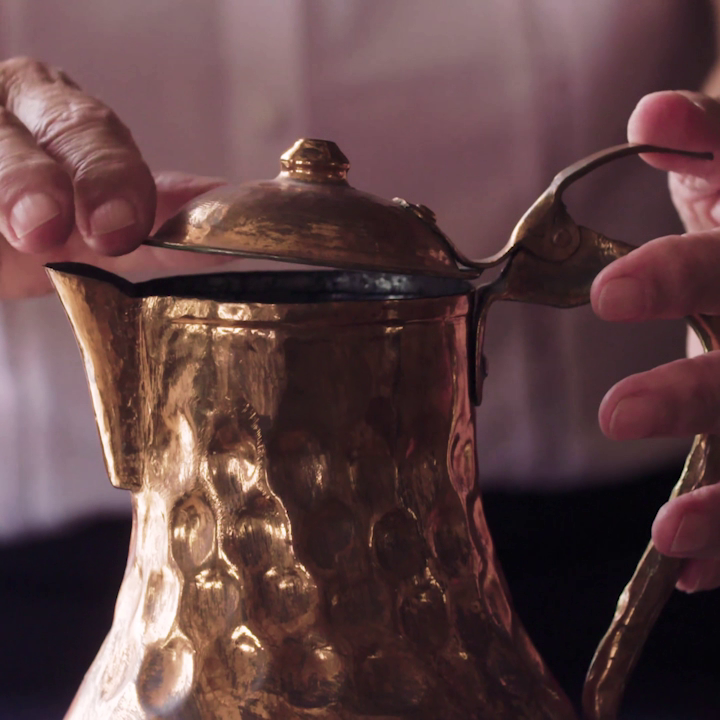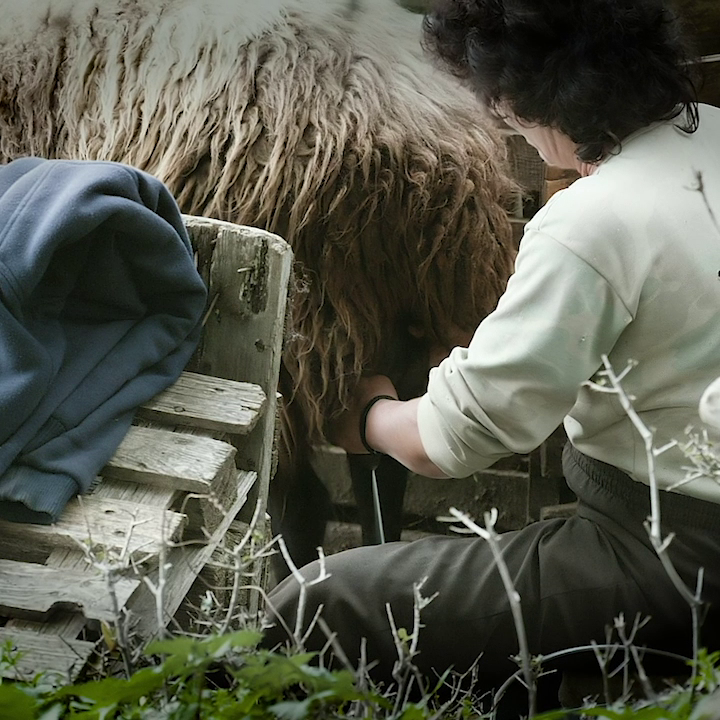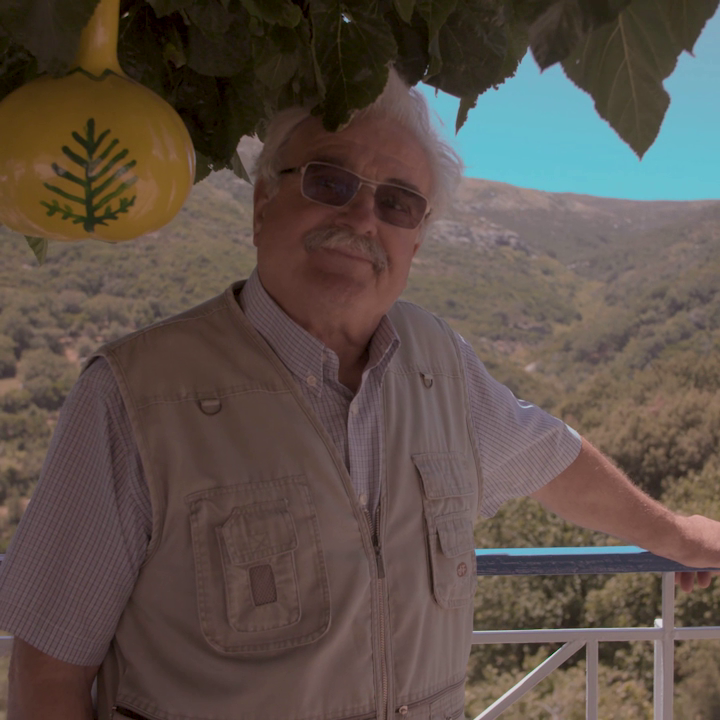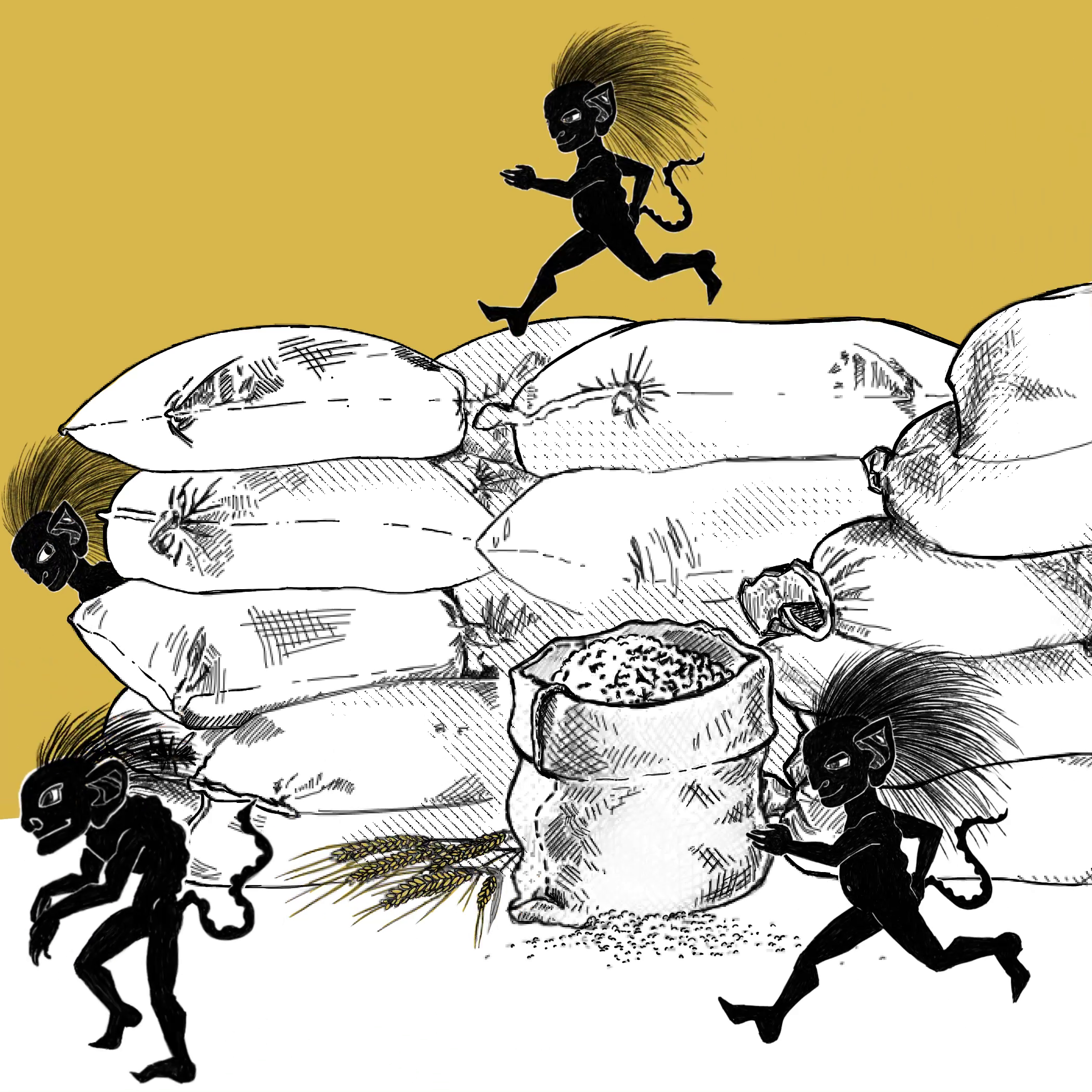Between 1562 and ‘64, Theotokopoulos painted this icon, in Crete. Before he left for Italy. At that time, there was trade between Crete and Psara, and some rich important Psarian trader commissioned it from Theotokopoulos. He was young then and took commissions to save the money to go abroad. And then, he settled permanently in Spain, in Toledo.
For three hundred whole years, this icon was on the island, Psara, 1500-1800. Then the revolution broke out. From what we know, the Turks destroyed everything on Psara. The poor Psarians. Whatever they could save in terms of relics, they brought here to the island, to Syros. But the most important and moving thing is that the Psarians themselves didn’t know the treasure they were bringing with them, because, over time, the icon had blackened.
Between 1826 and ‘29, the Psarian refugees built this church. The work those from Psara knew well was building boats, kayaks, and ships. They knew nothing about churches or houses. So, if we could turn the church upside down through the false ceiling, it symbolises a ship. And we can see from the women’s balcony, which looks like a baroque feature, but is essentially the gunwale of a ship. With the peculiarity that, in the middle, it depicts God.
The icon by our great painter, Domenicos Theotokopoulos, the famous ‘El Greco’, was here, inside our church, outside in the vestibule, on an old iconostasis, for one hundred and fifty years. And the only things that could be distinguished in the whole icon was the body of the Virgin and Christ’s halo, which was inlaid with silver. And it was said that the icon depicted the Dormition of the Virgin. Beyond that, nobody knew anything.
In March of 1983, on an unforgettable day, the morning of Clean Monday, a visit was paid from Psara by our archaeologist, Mr Georgios Mastoropoulous, who comes from Naxos. He came with a very close priest friend of mine, Father Georgios Zacharis. And he says: ‘Father Kostas, let me introduce you to my best man, Mr Georgios Mastoropoulos. He is an archaeologist by profession, the son of a priest, and he would like to research the icons here in the church. Will you let him?’ ‘My dear Father Georgis’, I say, ‘gladly; with the greatest of pleasure. Since he came with you, whatever he wants; we are at his service’.
And so, Father Georgios goes off, and it’s just me and Mr Mastoropoulos. And he begins to slowly examine the icons in the church. As soon as he reached the one we are talking about, he stopped in front of it for quite a while. He looked at it, he looked again... And at some point, he said, ‘Father Kostas, could you take this icon out of the frame so I can see it a little better?’ I remember it was behind glass hung with a row of votive offerings. ‘With pleasure, Mr Mastoropoulos’. We took it down and went to the aisle to the right, with our icon of the Virgin.
I put it on one of the pews for him and left. I let him get on with his work, as he knew best. I remember two hours went by. And, at some moment, he comes and embraces me... You know how a baby sobs? Saying to me: ‘Father Kostas, did you know that you have a treasure in your church?’
What happened? As you look at the icon, at the bottom, right in the middle, he had discovered a signature, which said, ‘Domenicos Theotokopoulos, the deixas. What does deixas mean? It is spelled with epsilon iota, from the verb deiknymi, ‘to display’. In other words, he is an artist who displays something, who makes something known.
In 1983, Melina Merkouri was minister for culture. When she heard of it, when Mr Mastoropoulos told her about it, I remember, within a week, after several phone calls, she sent two of her staff one afternoon. A destroyer was waiting for them on the shore, and, with great secrecy, they collected it and took it to Athens, to the Byzantine Museum.
There, a conservation specialist, Mr Stavros Baltogiannis to be precise, took two and a half years to clean it! Doing a little each day, millimetre by millimetre, not to damage it. And this wasn’t all. They brought over a special machine from abroad, whose surfaces are covered in gold leaf. We understood that we were talking about a work of mythic value. You can’t put a price on these works of art.
The experts say that he painted it when he was between nineteen and twenty-one years old, and this work proves that when he left Crete to go to Italy and Spain, he was already a master of Byzantine art. He was an accomplished painter.
Since then, almost every year, and naturally with the permission of our Metropolitan, the Ministry of Culture takes it from our church to various exhibitions. It has travelled all around Europe, twice to the Byzantine Museum in Cyprus, and twice to the United States. It went to Spain, to Toledo...
Wherever the icon may go, its home is here, in Syros, in the Panagia of Psara. And Father Kostas, as long as God and the Virgin will it, will be here to guard it, not with his life... better.


